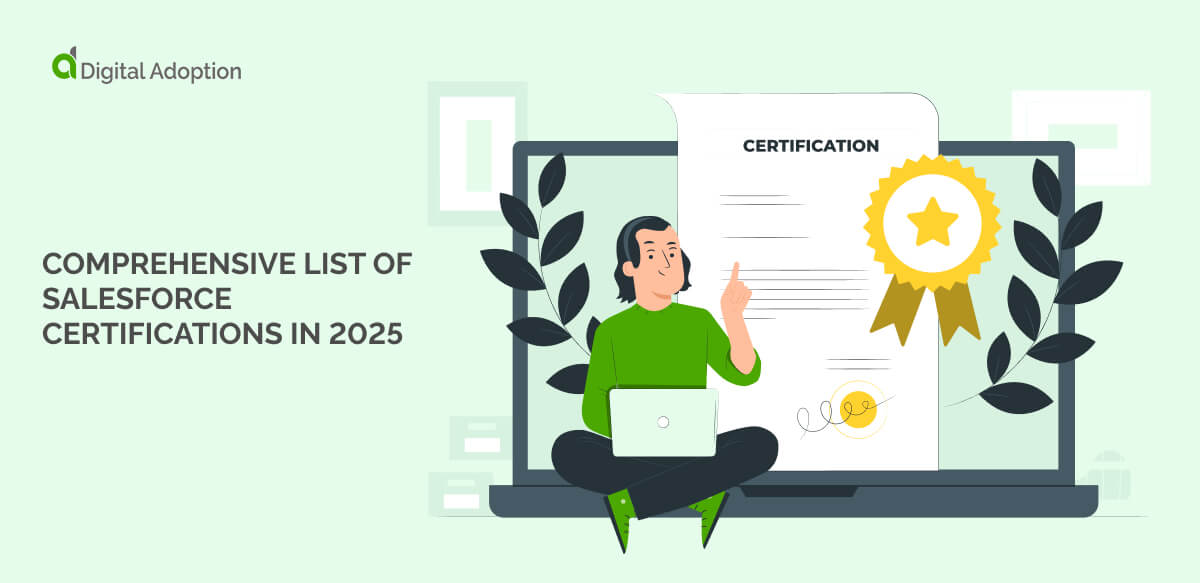Organizational development use cases
Retail industry
Scenario
In the highly competitive retail industry, a company recognizes the need to differentiate itself through superior customer satisfaction and loyalty.
Method
The company initiates a comprehensive organizational development approach focused on enhancing the customer experience. This includes implementing customer experience training programs for frontline staff to improve communication skills, empathy, and problem-solving abilities.
Outcome
As a result of these initiatives, the retail company experiences significant improvements in customer satisfaction and loyalty. Enhanced customer service interactions lead to increased customer retention rates and improved overall shopping experiences. The systematic approach to organizational development in customer experience strengthens the company’s market position and fosters a customer-centric culture across the organization.
Healthcare sector
Scenario
An organization endeavors to elevate patient care standards within the healthcare sector while optimizing operational efficiency.
Method
The organization adopts a multifaceted organizational development strategy tailored to enhance patient-centered care. This strategy includes implementing lean management principles to streamline processes and reduce department inefficiencies.
Outcome
Through these organizational development efforts, the healthcare organization achieves notable improvements in patient care outcomes. Reduced patient waiting times, enhanced clinical quality indicators, and improved patient satisfaction scores reflect the success of these initiatives.
Financial services
Scenario
In the dynamic financial services landscape, a firm recognizes the imperative to adapt swiftly to regulatory changes while bolstering risk management capabilities.
Method
The firm embarks on a strategic organizational development journey to fortify compliance and risk management practices. This includes updating and enhancing compliance training programs to ensure all staff members are well-versed in the latest regulatory requirements and best practices.
Outcome
These organizational development initiatives result in heightened compliance standards and reduced regulatory risks for the financial services firm. Enhanced internal controls also improve operational efficiency and resilience against external pressures.



![18 Examples of AI in Finance [2025]](https://www.digital-adoption.com/wp-content/uploads/2025/06/18-Examples-of-AI-in-Finance-2025.jpg)
![14 Examples of AI in Manufacturing [2025]](https://www.digital-adoption.com/wp-content/uploads/2025/06/14-Examples-of-AI-in-Manufacturing-2025.jpg)